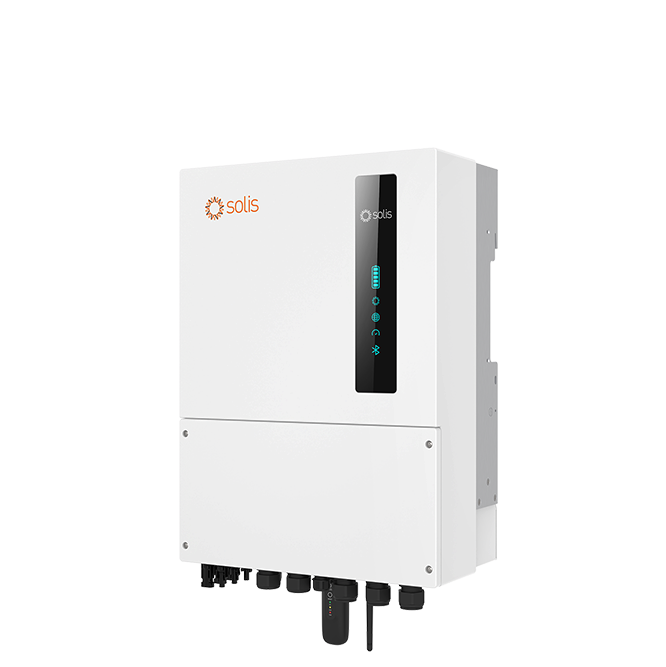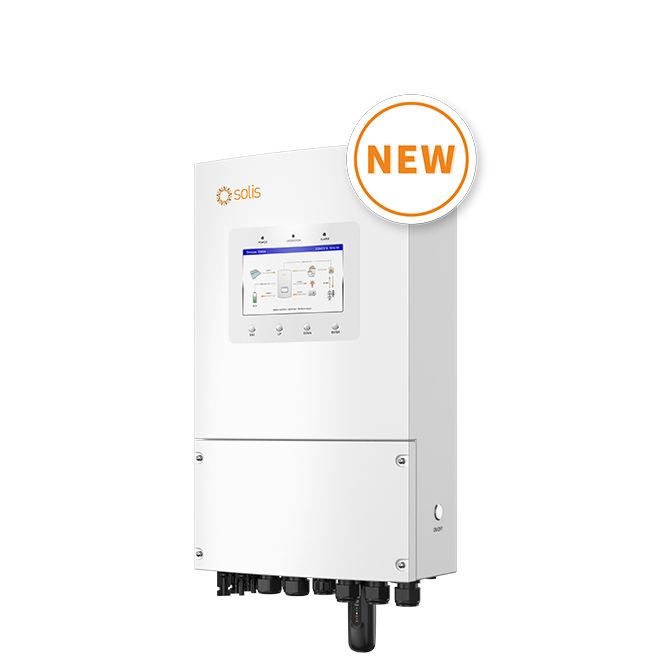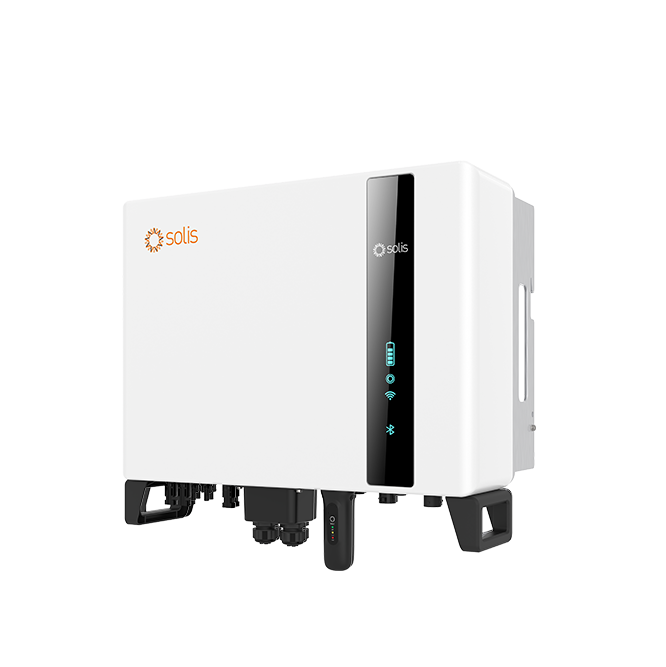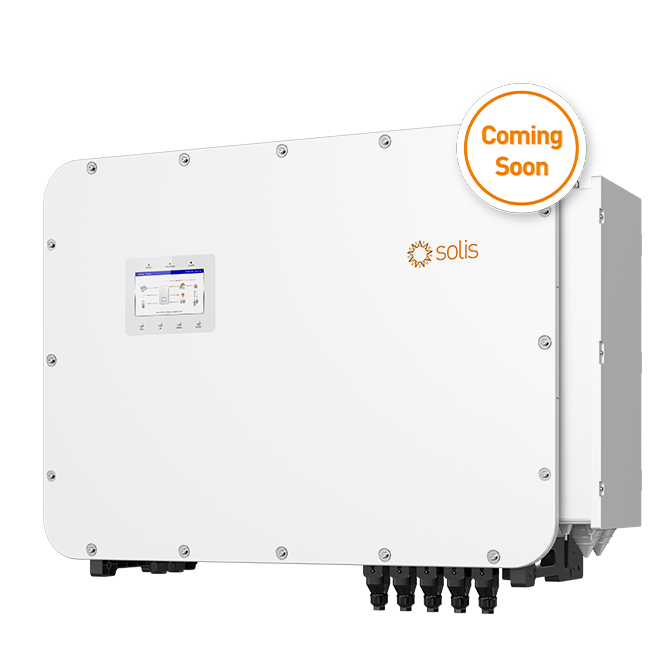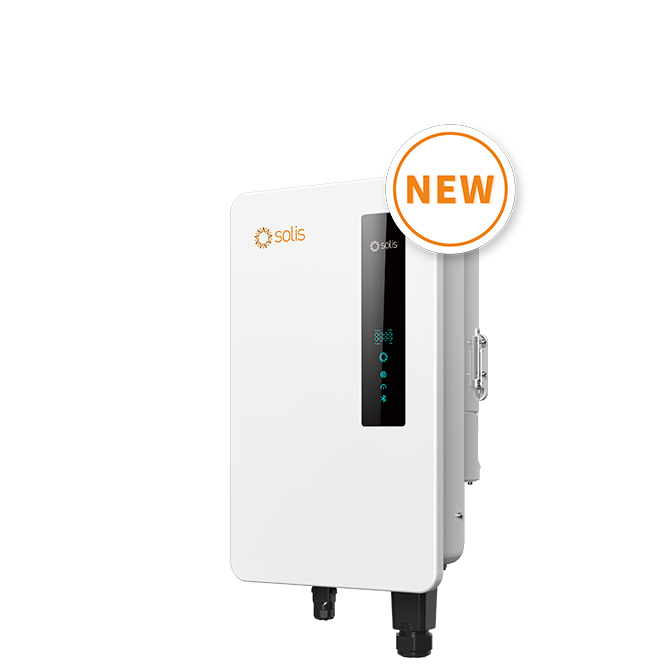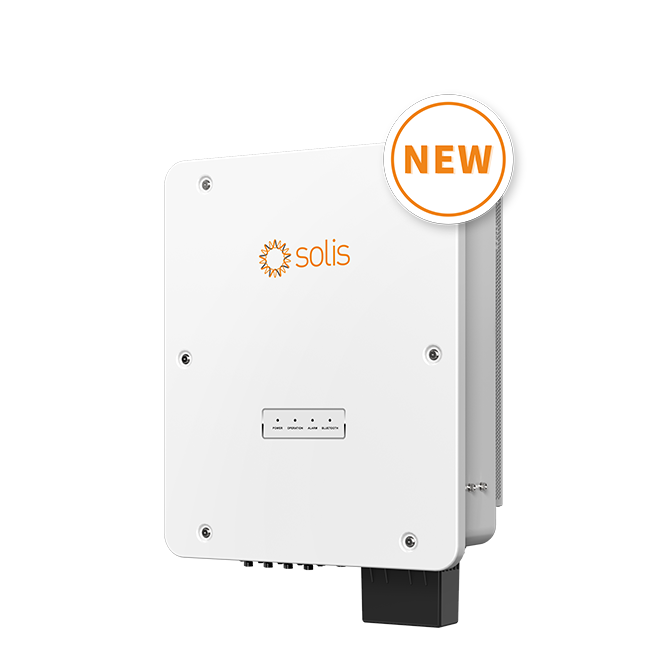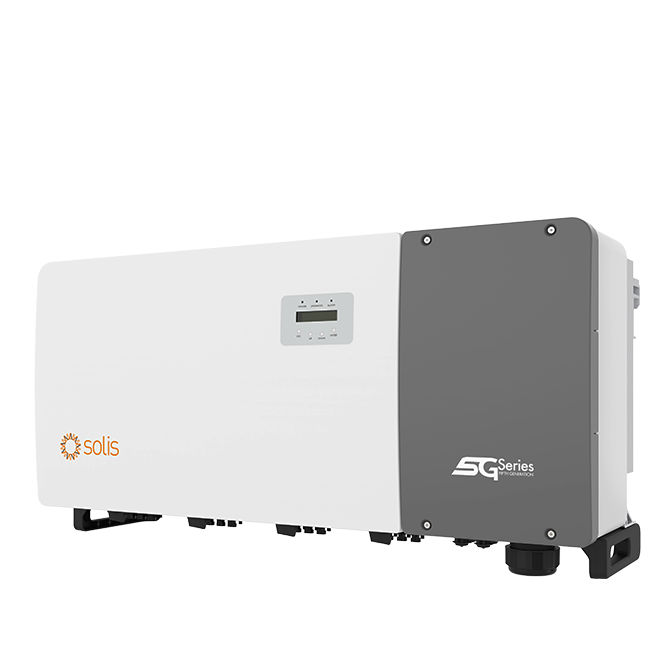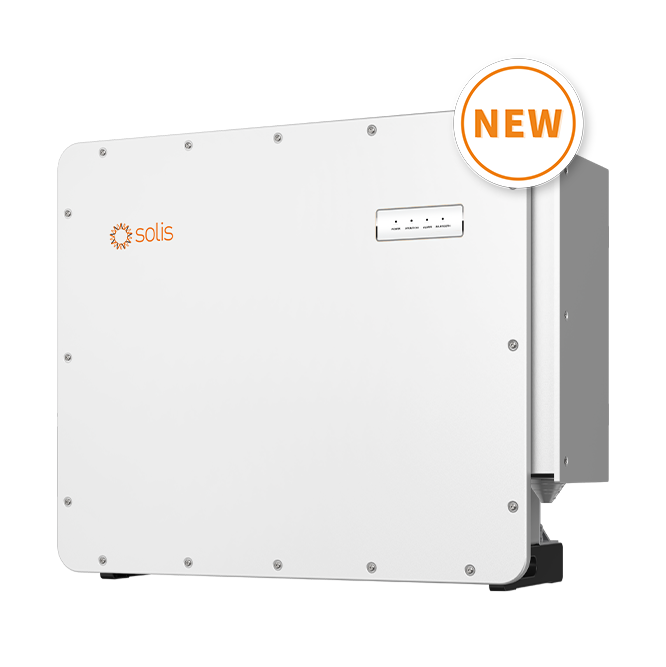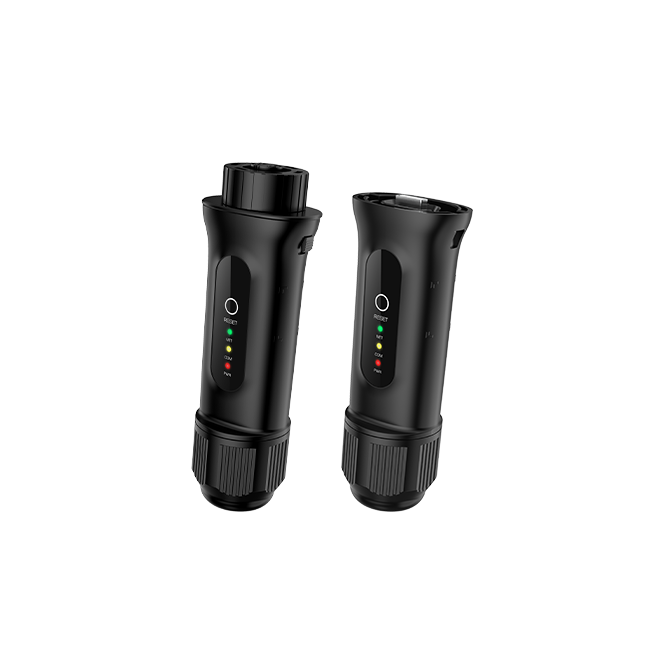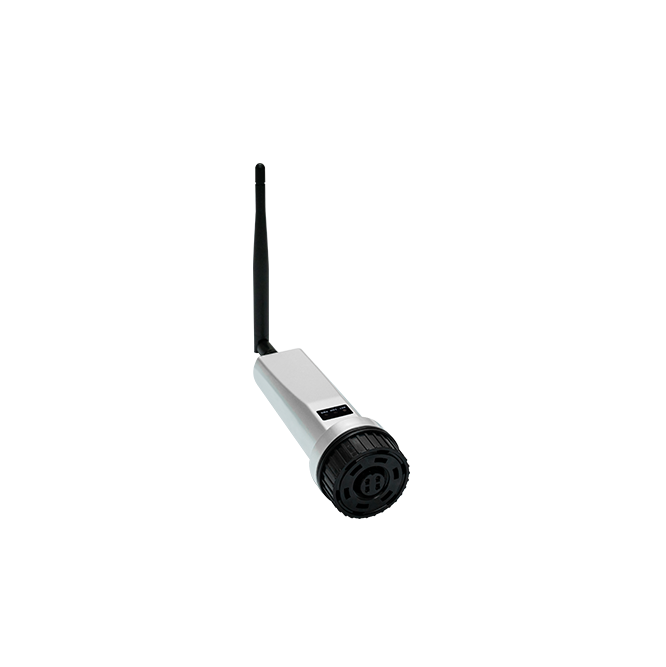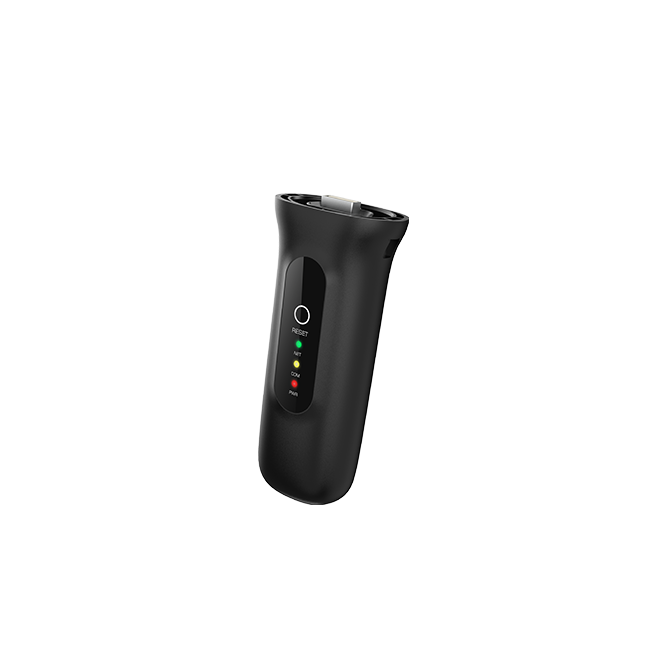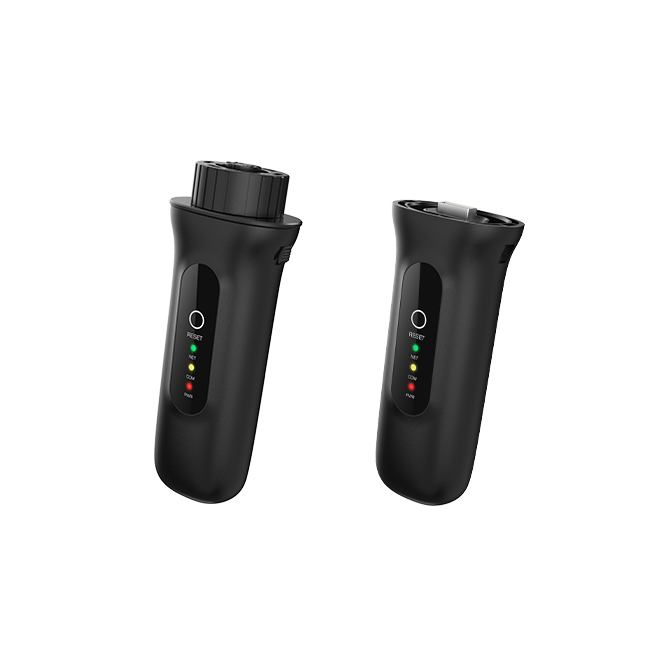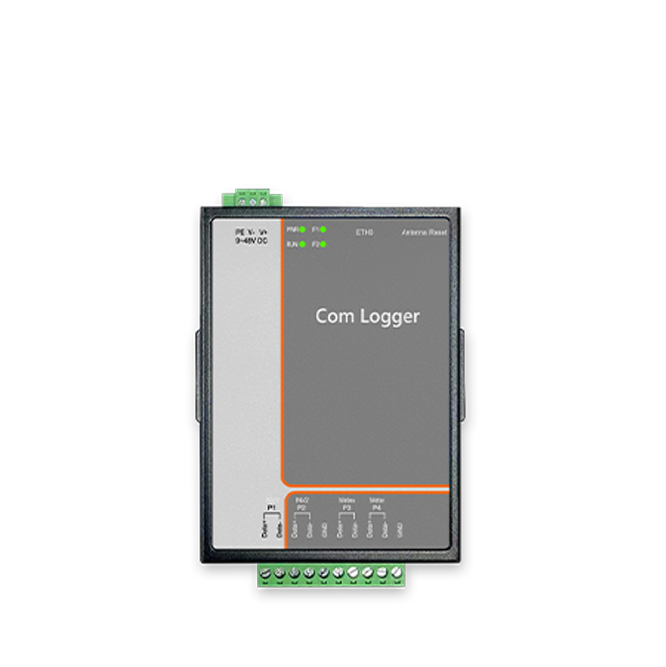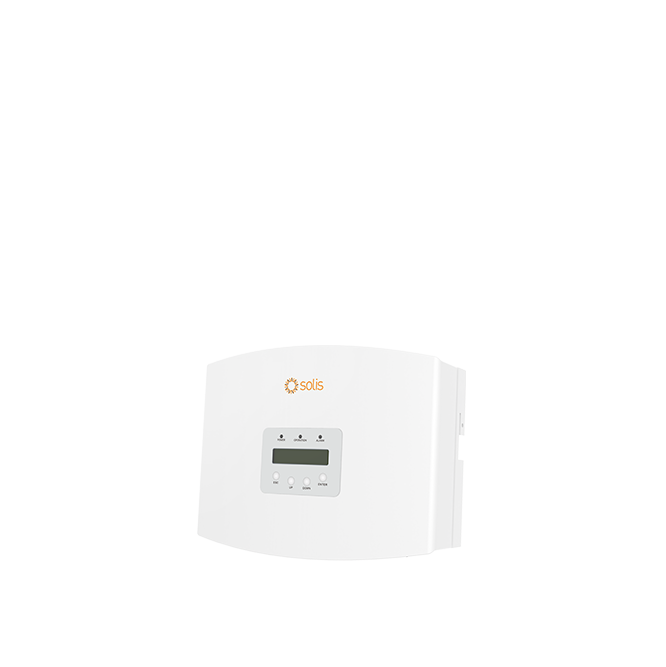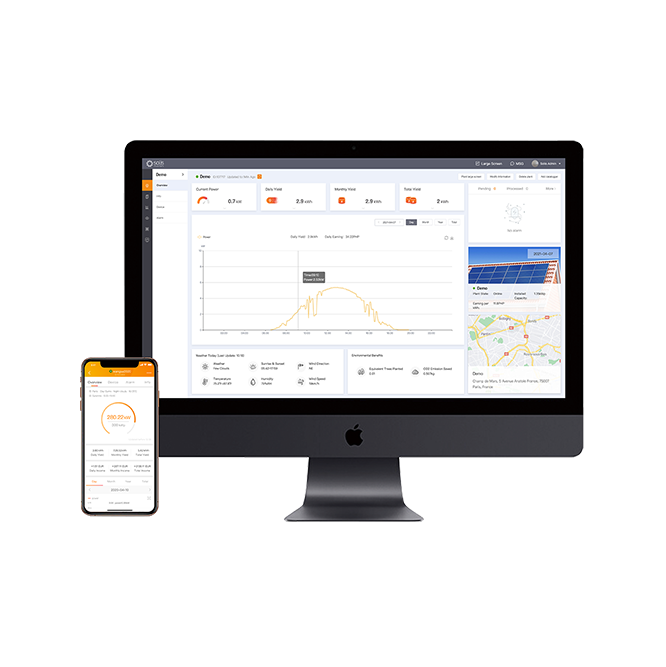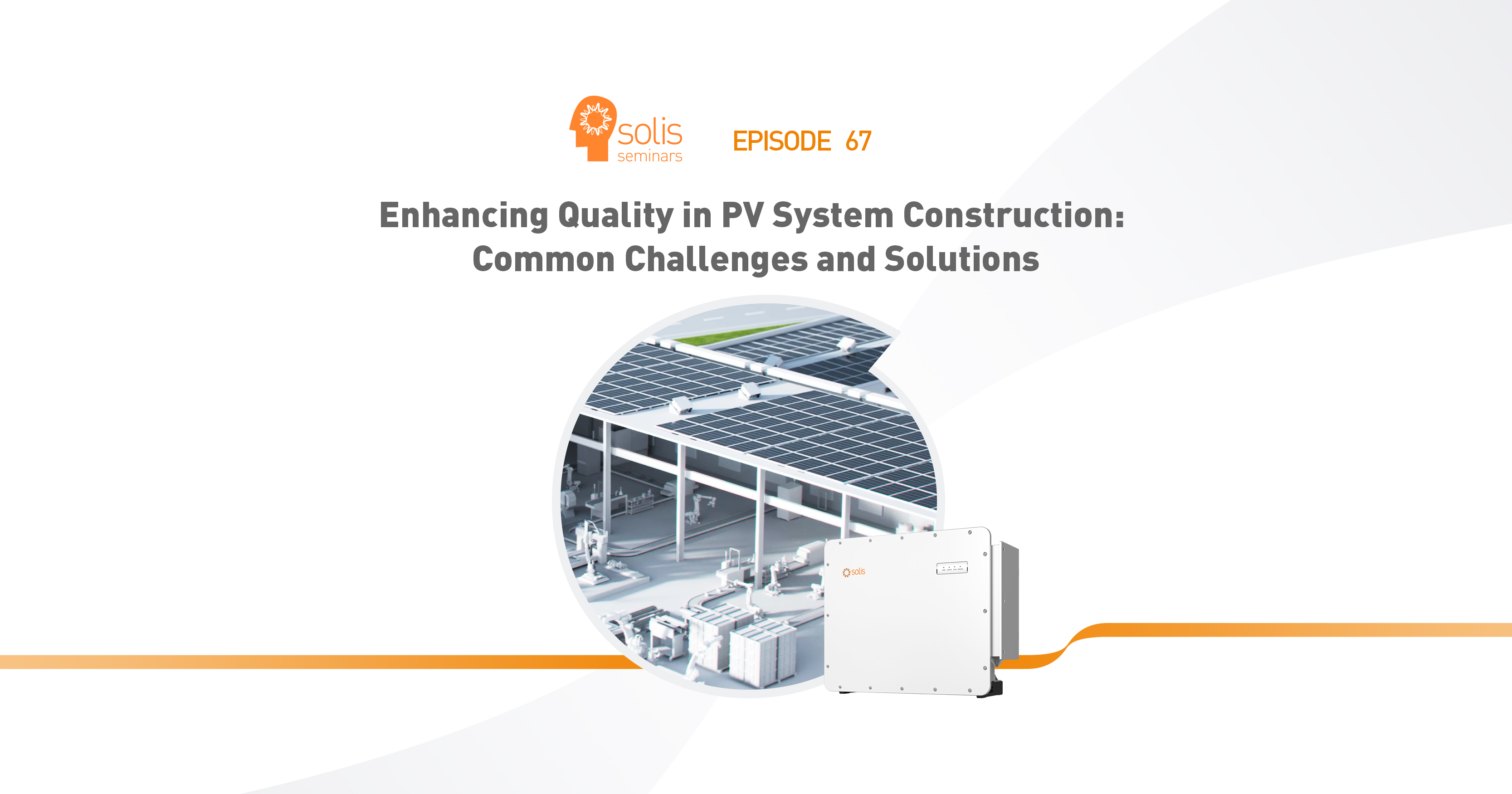PID effect, micro-cracks, and hot spots are three important factors
that can affect the performance of crystalline silicon photovoltaic
modules. Among them, PID effect and hot spots usually appear after
installation and operation of PV panels for a period of time.
Micro-cracks are a common problem associated with solar photovoltaic
modules and they are difficult to detect with the eyes. In view of these
potentially hidden problems, how we identify and rectify them is
important. In the last Solis Seminar, we introduced the problem of PID
effect and its solutions. In this seminar, we will share with you the
causes of cell micro-cracks, how to identify them and ultimately prevent
them.
What is a "Micro-Crack" and Possible Causes
Micro-cracks
are a relatively common defect of crystalline silicon photovoltaic
modules, which mainly refers to some small cracks that are not easily
detectable by the human eye. Due to the characteristics of its own
crystal structure, crystalline silicon modules are very prone to
cracking.

In
the process flow of crystalline silicon panel production, many parts of
the process could cause the cell to crack. But the root cause is
usually one of three types:
1. Mechanical Stress: This is when the
cell is exposed to external forces such as welding, lamination, framing,
installation, construction, etc., and when the parameters are set
incorrectly, equipment fails or there has been improper operation which
has caused micro-cracks.
2. Thermal Stress: Mainly caused when the
cell swells and ruptures after being exposed to sudden high temperature,
such as the welding or lamination temperature are too high, and other
parameter settings are not correct.
3. Raw Material Defects: The
sourcing of poor raw materials or materials that are not properly
handled will result in material defects.
The Influence of "micro-crack" on the Performance of Photovoltaic Modules
The
current of the cell is mainly collected and led out by the main grid
lines and the thin grid lines whose surfaces are perpendicular to each
other. Therefore, when the micro-cracks (mostly parallel to the bus
bars) cause the thin grid lines to break, the current will not be
effectively transported to the bus bars, which will lead to partial and
even the entire cell failure, and may also cause fragments, Hot spots,
etc., at the same time cause power attenuation of the components.
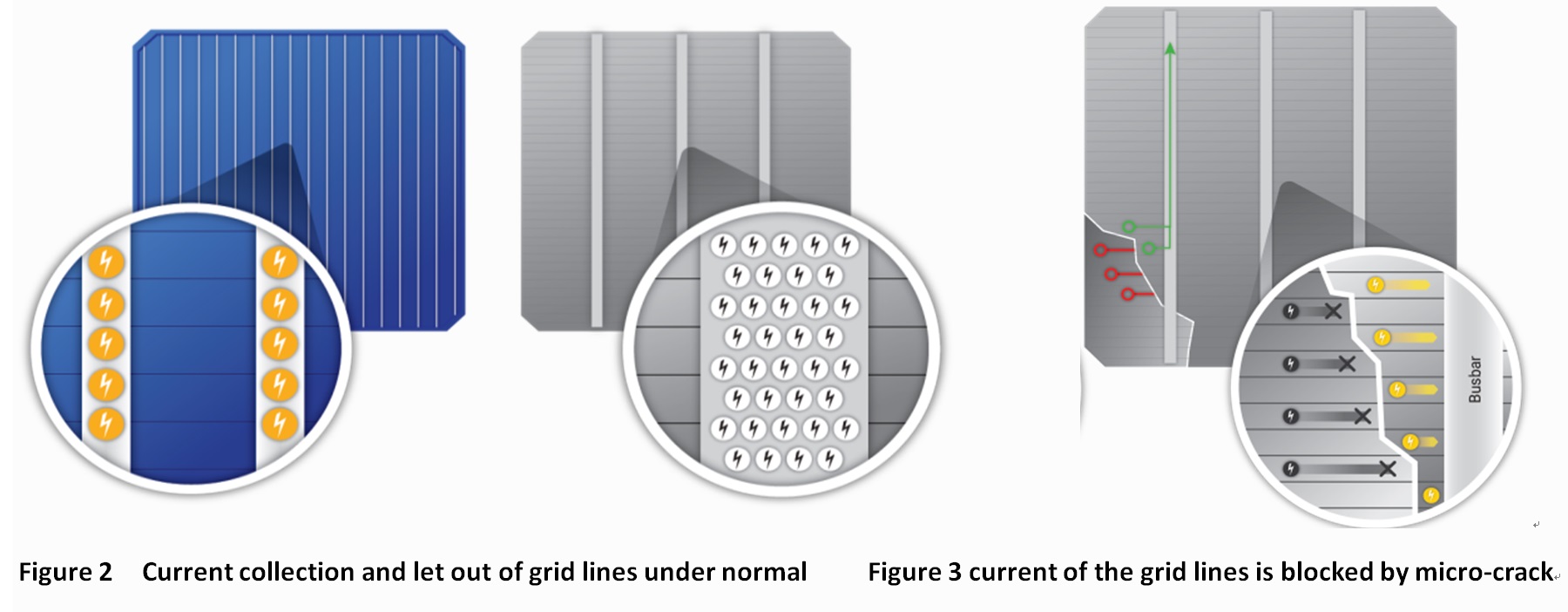
How to identify "micro-crack"
EL Equipment
EL
(Electroluminescence) equipment is solar cell or panel internal defect
detection equipment which uses the electroluminescence principle of
crystalline silicon to capture near-infrared images of components
through high-resolution infrared cameras. This equipment obtains and
determines component defects.
However, this method has several drawbacks in micro-crack recognition of installed photovoltaic panels:
1. The equipment is expensive
2. Long detection time, usually several weeks or even months for large systems
3. Professional personnel are required for on-site operation, and the labour costs is high
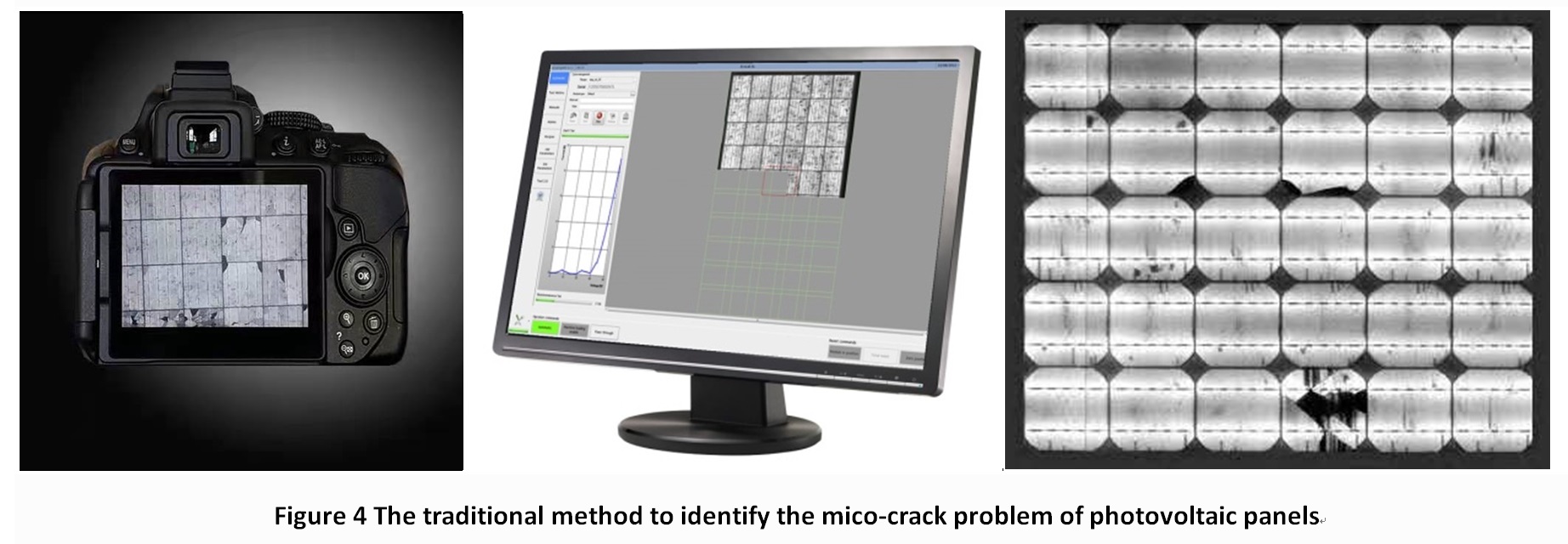
I-V Curve Scanning Method
For PV panels that have been installed and connected to an intelligent monitoring platform, the
I-V curve scanning function can be used to quickly scan and categorize the PV panels with micro-cracks.
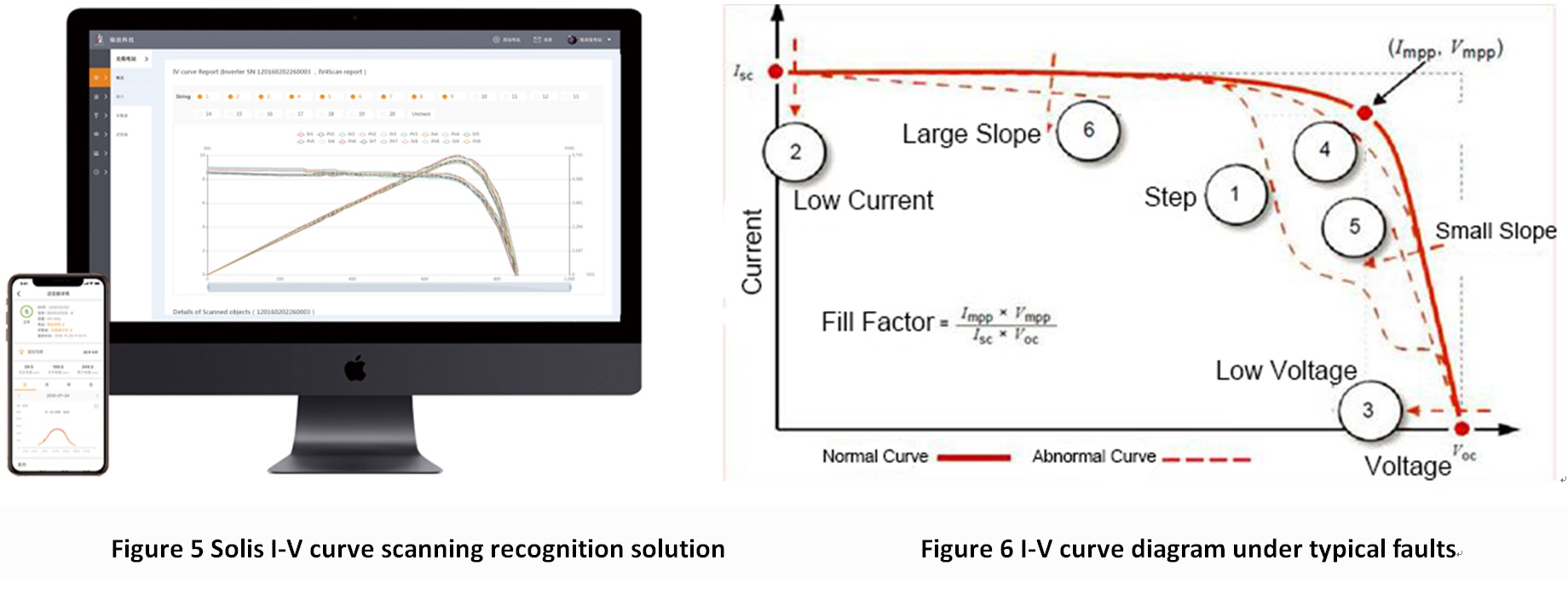
If
the scanning results show two types of curves as ① or ② in Figure 6, it
indicates that the output current of the PV module is abnormal. The
cause is likely to be damage cracks or blocked current.
Advantages:
1. This solution can identify a variety of PV failures
2. Fast response time, the investigation can be completed in only 5 minutes
3. No need for professional equipment and/or personnel, saving costs
4. One-click scanning, cost-effective
Example Applications Utilizing I-V Curve Scanning
This
case is the application of I-V curve scanning in a C&I project. All
the inverters on site were scanned remotely through SolisCloud, and it
was found that one of the inverter strings showed the characteristics of
curve ① in Figure 6, with the I-V and P-V curve shown as follows:
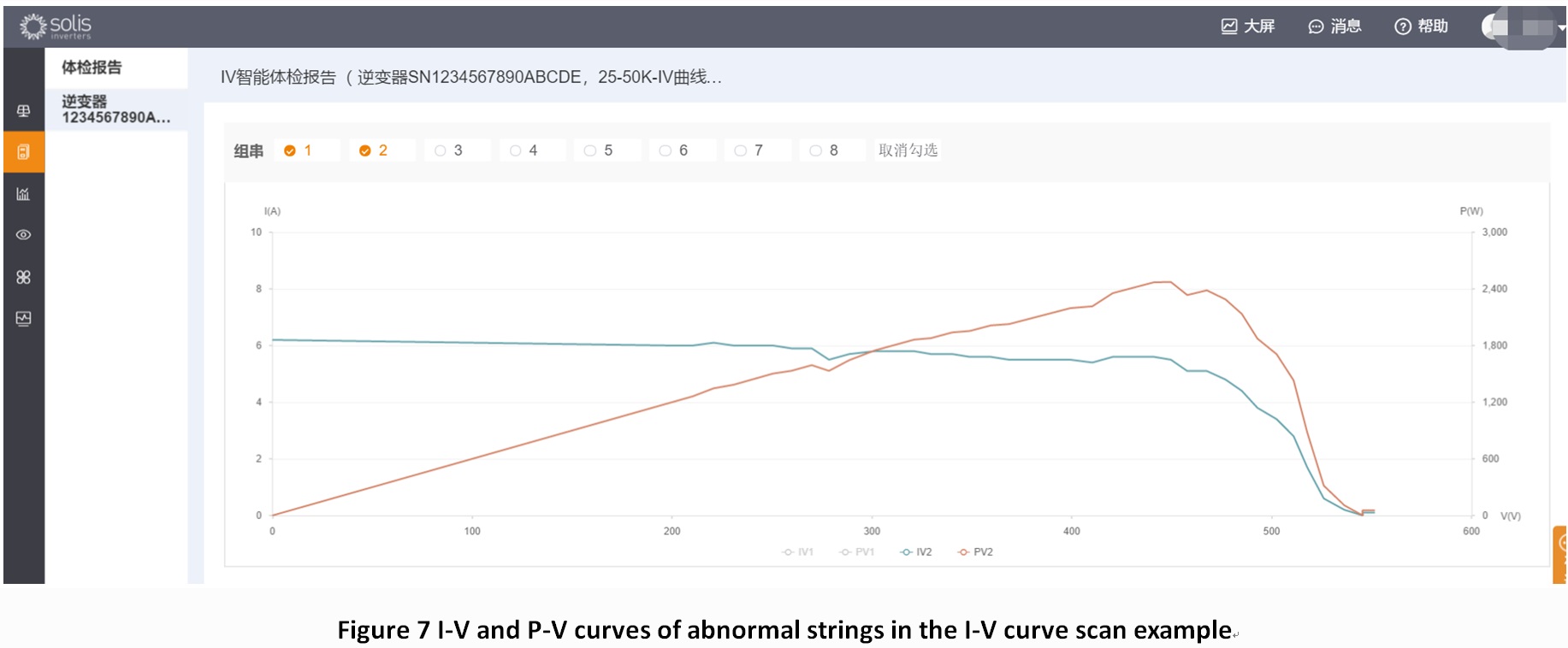
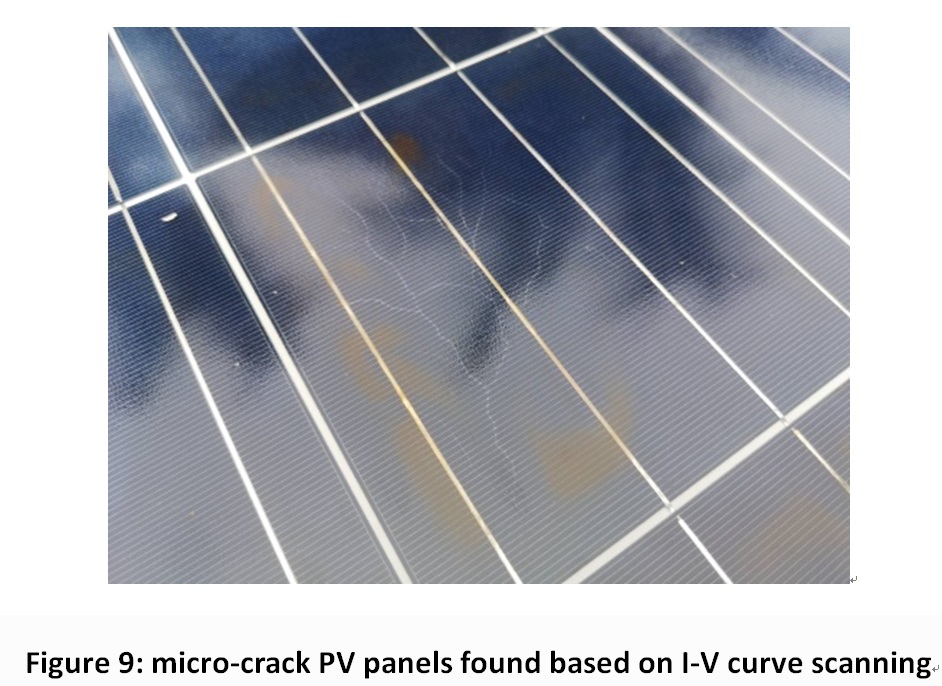

Through
this precise analysis function, we could quickly identify the PV panels
with cracks in the field, ultimately improving the O&M efficiency
of the system and lowering costs.
Summary
The
micro-crack problem has a great impact on the power of the PV module
and ultimately the entire system, and it cannot be recovered. Whilst
module manufacturers go to great lengths to prevent micro-cracks during
production, it is vital that great care is taken in the subsequent
storage, transportation, and installation, to avoid damage to the cells.
Careful consideration should be given to the storage environment and to
avoid sudden extreme temperature change.
Connecting any
large-scale PV system to a monitoring platform such as SolisCloud will
ensure that a vast number of potential issues can be dealt with quickly
and efficiently thereby protecting the LCOE of the overall system.

 中国
中国
 India
India
 Việt nam
Việt nam
 Australia
Australia
 대한민국
대한민국
 پاکستان
پاکستان
 ประเทศไทย
ประเทศไทย
Filipino
 Malaysia
Malaysia
 Bangladesh
Bangladesh
 Sri Lanka
Sri Lanka
 Indonesia
Indonesia
 Узбекистан
Узбекистан
 Ireland
Ireland
 Türkiye
Türkiye
 United Kingdom
United Kingdom
 France
France
 Deutschland
Deutschland
 Nederland
Nederland
 España
España
 Česká republika
Česká republika
 Sverige
Sverige
 Polska
Polska
 Україна
Україна
 Italia
Italia
 Português
Português
 България
България
 Magyarország
Magyarország
 Lietuva
Lietuva
 Ελλάδα
Ελλάδα
 United States
United States
 Canada
Canada
 México
México
 Brasil
Brasil
 República de Chile
República de Chile
 South Africa
South Africa
 المملكة العربية السعودية
المملكة العربية السعودية
 الجمهورية اللبنانية
الجمهورية اللبنانية
 امارات عربية متحدة
امارات عربية متحدة
 اليمن
اليمن
 المملكة الأردنّيّة الهاشميّة
المملكة الأردنّيّة الهاشميّة
 جمهورية مصر العربية
جمهورية مصر العربية
 la République Tunisienne
la République Tunisienne
 Kenya
Kenya
 Tanzania
Tanzania
 Nigeria
Nigeria
 Other Countries and Regions
Other Countries and Regions


